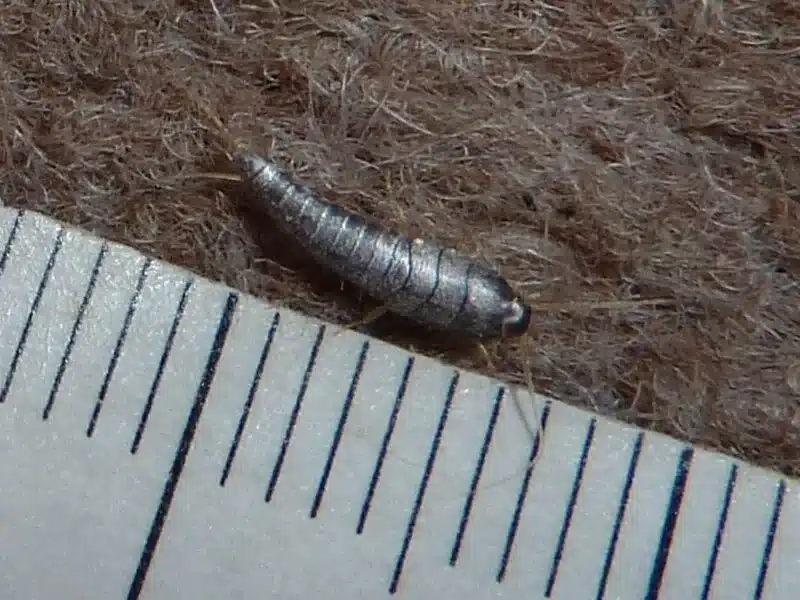Silverfish can eat just about anything starchy in your home. Insects feed at night, so you often spot damage before seeing pests.
I’m a registered technician with four years in the industry. Our third generation family business has served the DMV for over 50 years. I’ve seen silverfish cause significant damage.
Silverfish Diet Basics: Understanding the Pest’s Nutritional Needs
Silverfish belong to the order Thysanura. These wingless insects molt throughout life and silverfish live for two to four years.
Silverfish are nocturnal creatures hiding in damp spots like basements or attics. They can survive more than 300 days without food if water is available.
Silverfish need food and water to survive and females can lay up to 100 eggs in cracks and crevices.
Silverfish Eat: Key Feeding Habits That Cause Damage
Silverfish eat mostly starchy items but shift to protein when it’s warmer. Their destructive feeding habits can cause significant damage to books, wallpaper, and clothing. They scrape surfaces rather than chew clean holes, leaving ragged edges.
Common Food Sources: What Silverfish Actually Eat in Homes
These pests feed on both carbohydrates and protein, causing damage across your home. Understanding the silverfish diet helps you spot trouble early.
Starchy Materials: Wallpaper and Book Bindings
Silverfish thrive on starch and dextrin in wallpaper paste and book bindings—foods rich in carbohydrates. They digest cellulose thanks to the cellulase produced by their midgut. You’ll see notched pages and yellow stains on walls and floors.
Natural Fibers: Linen, Cotton, and Textiles
Silverfish will eat natural fibers such as linen, cotton, and silk blends, plus rayon. Silverfish eat clothes, especially starched clothing in your closet. Damage appears as surface scratches rather than holes.
Protein-Rich Items: Dead Insects, Pet Food, Dandruff
At higher temperatures, silverfish prefer items high in protein. Silverfish can also scavenge dead insects, pet food, and even dandruff. Pantry items like cereal and sugary foods can also attract them.
Silverfish Diet-Driven Damage: Signs of Infestation
Early signs of a silverfish infestation include tiny holes and irregular scratches. Finding frass or shed scales is proof of activity. Knowing the types of damage helps with early action.
Irregular Scraping Patterns on Paper and Cardboard
Look for ragged edges on books, photos, and cardboard boxes. Damage patterns are uneven, not clean cuts. These notches are a clear sign silverfish have been feeding.
Frass, Scales, and Other Physical Evidence
You might spot pepper-like frass or shiny scale dust under furniture. Tiny fecal pellets near cracks and crevices point to an active pest. Sticky traps can help confirm their presence.
Identification Tips: Spotting the Silverfish Pest in Your Home
Among common insect species, seeing a quick, fish-like insect at night usually means silverfish. Registered technicians use traps and visual checks to confirm; see our Silverfish resource for more ID tips.
Morphology: Fish-Like Body and Three Tail Bristles
Silverfish have a flat, carrot-shaped body and three tail bristles. They move in a serpentine, photo-averse way. Adults reach up to 19 mm in length.
Silverfish vs Firebrats: Differentiating Thysanura Insect Species
Silverfish appear silvery-gray, while firebrats look brown and mottled. Silverfish favor cooler, damp spots; firebrats like warmer rooms. Knowing this stops misidentification.
Pest Control Strategies: Preventing and Managing Silverfish Diet Issues
Prevent silverfish by cutting off food and fixing moisture. Lower high humidity and seal cracks to reduce harborages.
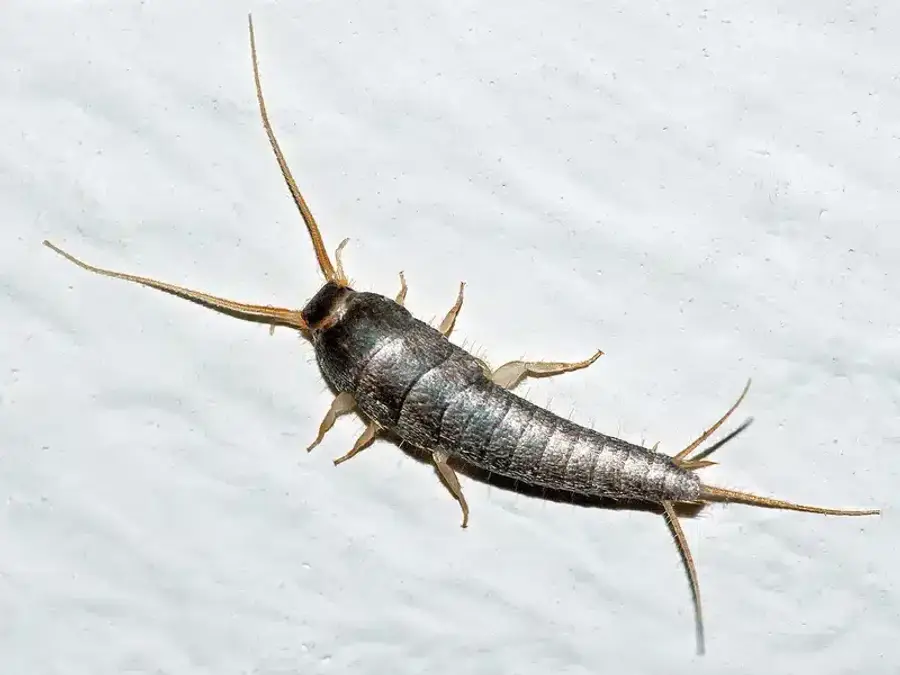
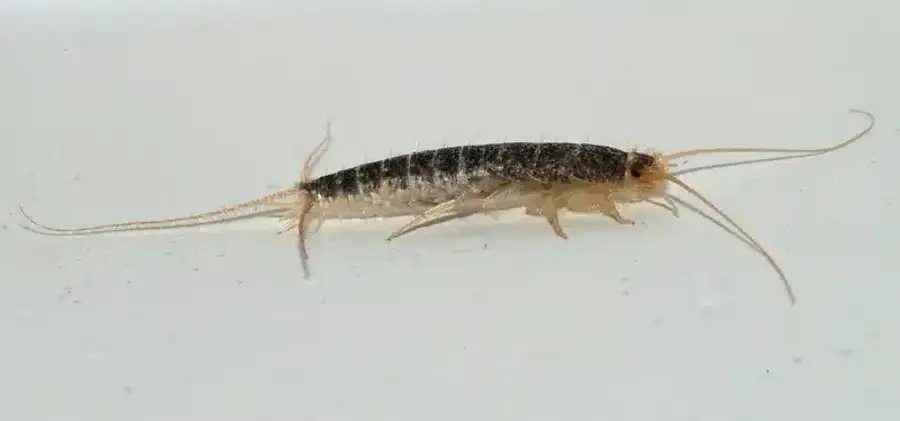
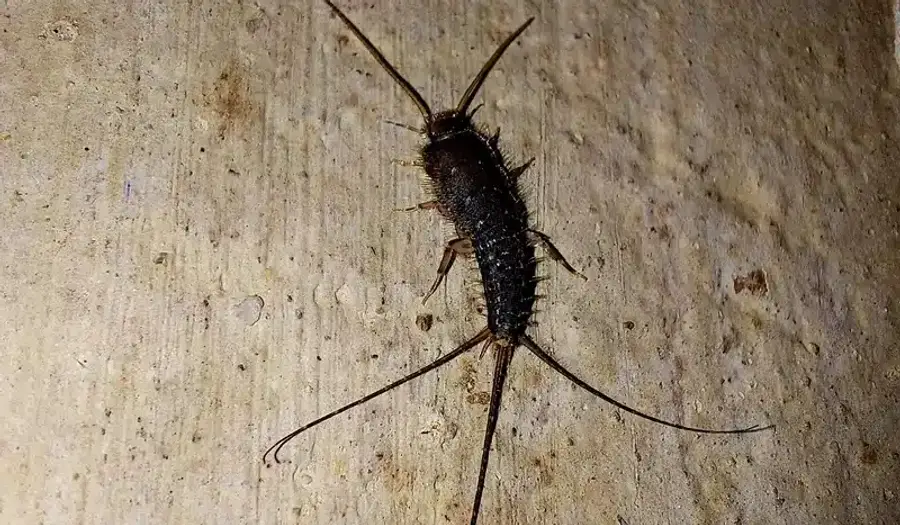
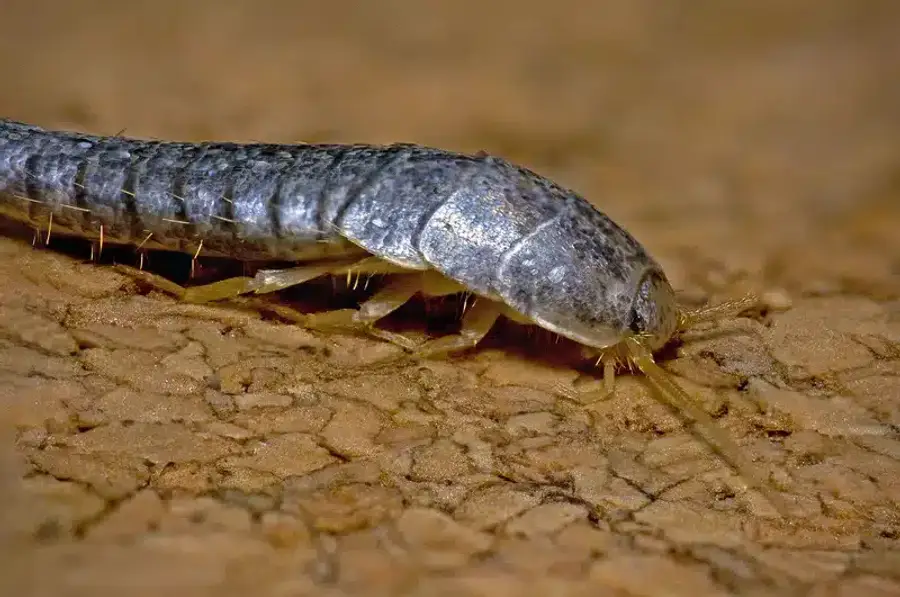
Keep books and boxes off damp floors. For insights on treating other pests, see our What Do Termites Eat: Homeowner’s Guide to Termite Diets article.
DIY Prevention: Reducing High Humidity and Removing Food Sources
Use dehumidifiers to keep air under 50% humidity. Store items in sealed bins. Clean spilled flour and crumbs to cut off food sources.
When to Seek Professional Pest Control Service
If damage spreads or you spot many silverfish, call a registered technician. A professional pest control service uses EPA approved products tested by our internal research team. They can treat cracks, prevent reinfestation, and provide ongoing pest management.
Professional Pest Control for Silverfish Diet Infestations
Our registered technicians start with a 78-point inspection to find silverfish hotspots. We offer professional pest control using low-impact products and remove nine high-risk chemicals. Plans include free callbacks until your pest problem is solved.
What to Expect from a Pest Control Service
Expect thorough dehumidification advice, targeted insecticide treatments, and monitoring traps. We’ll document any silverfish damage and adjust treatments as needed. Our team explains every step.
The Better Termite and Pest Control Approach
Family-owned for over 50 years, we blend local care with solid research. Unlike Orkin, our program covers unlimited callbacks, no binding contracts, and year-round seasonal plans. We also cover spiders; find tips in our How to Get Rid of Spiders in House guide.
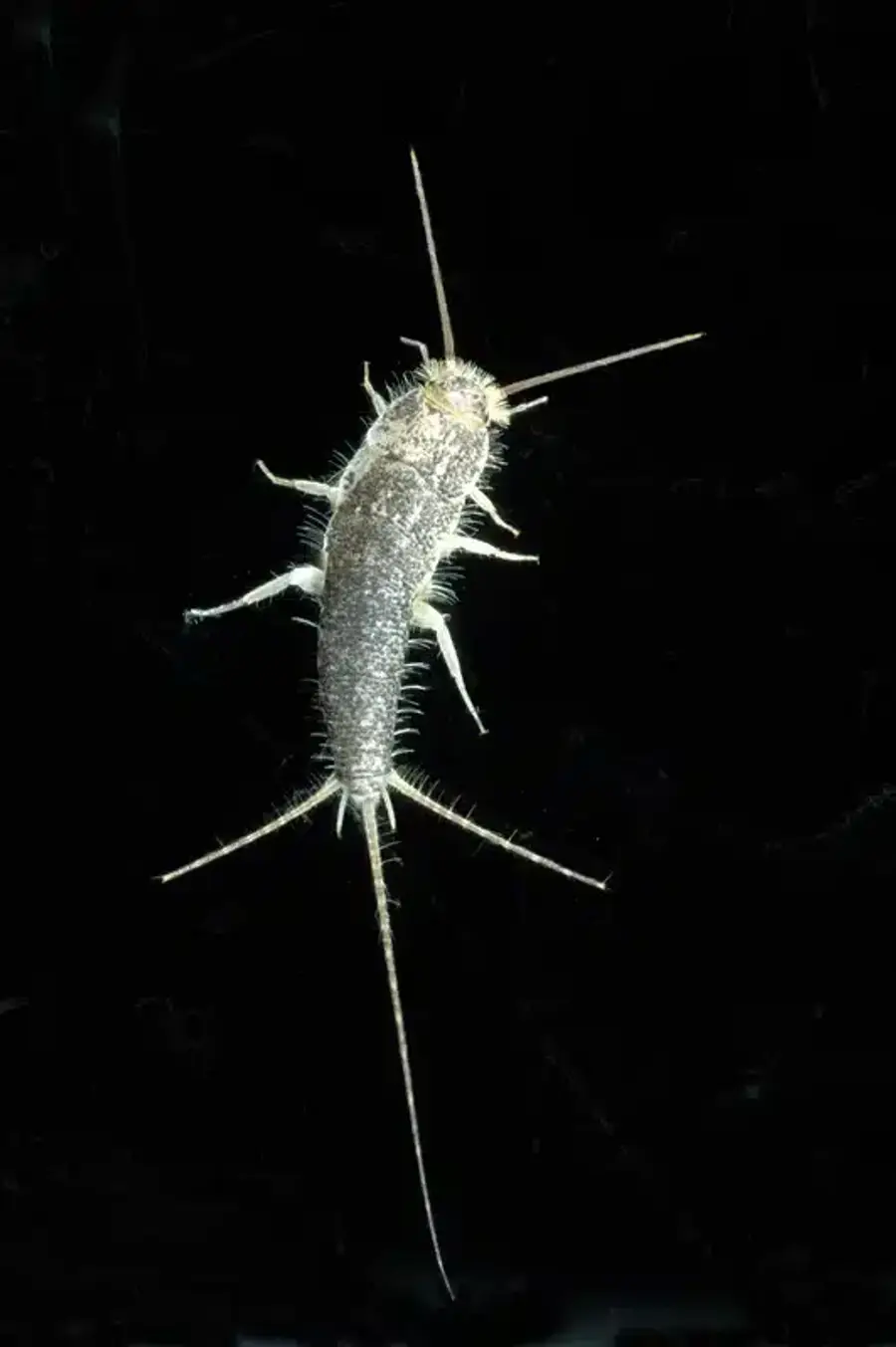
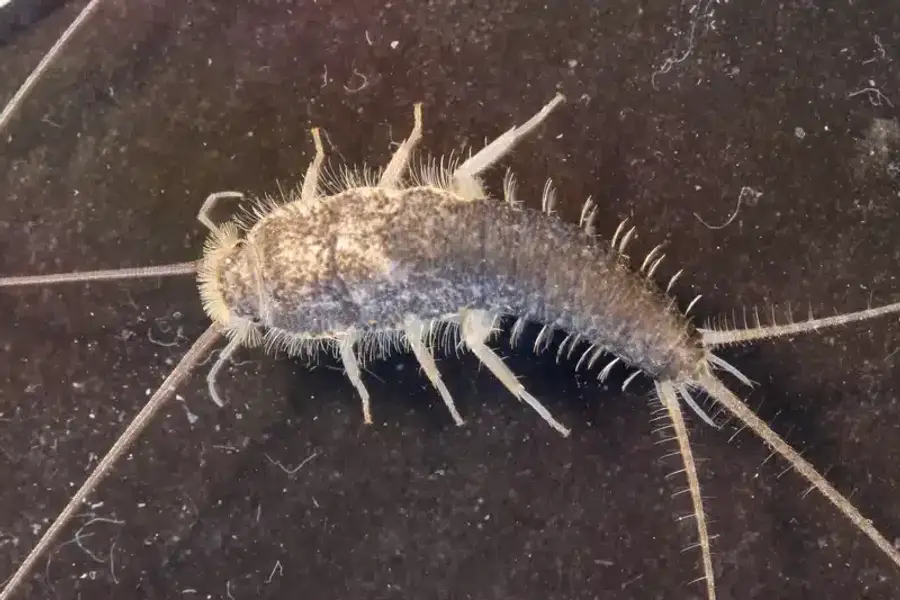
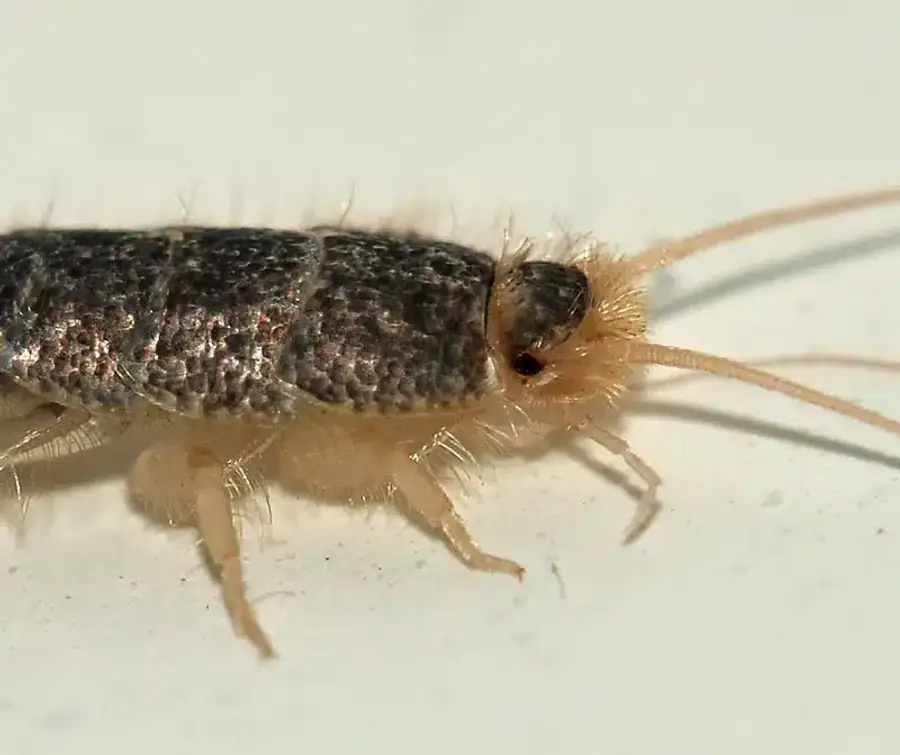
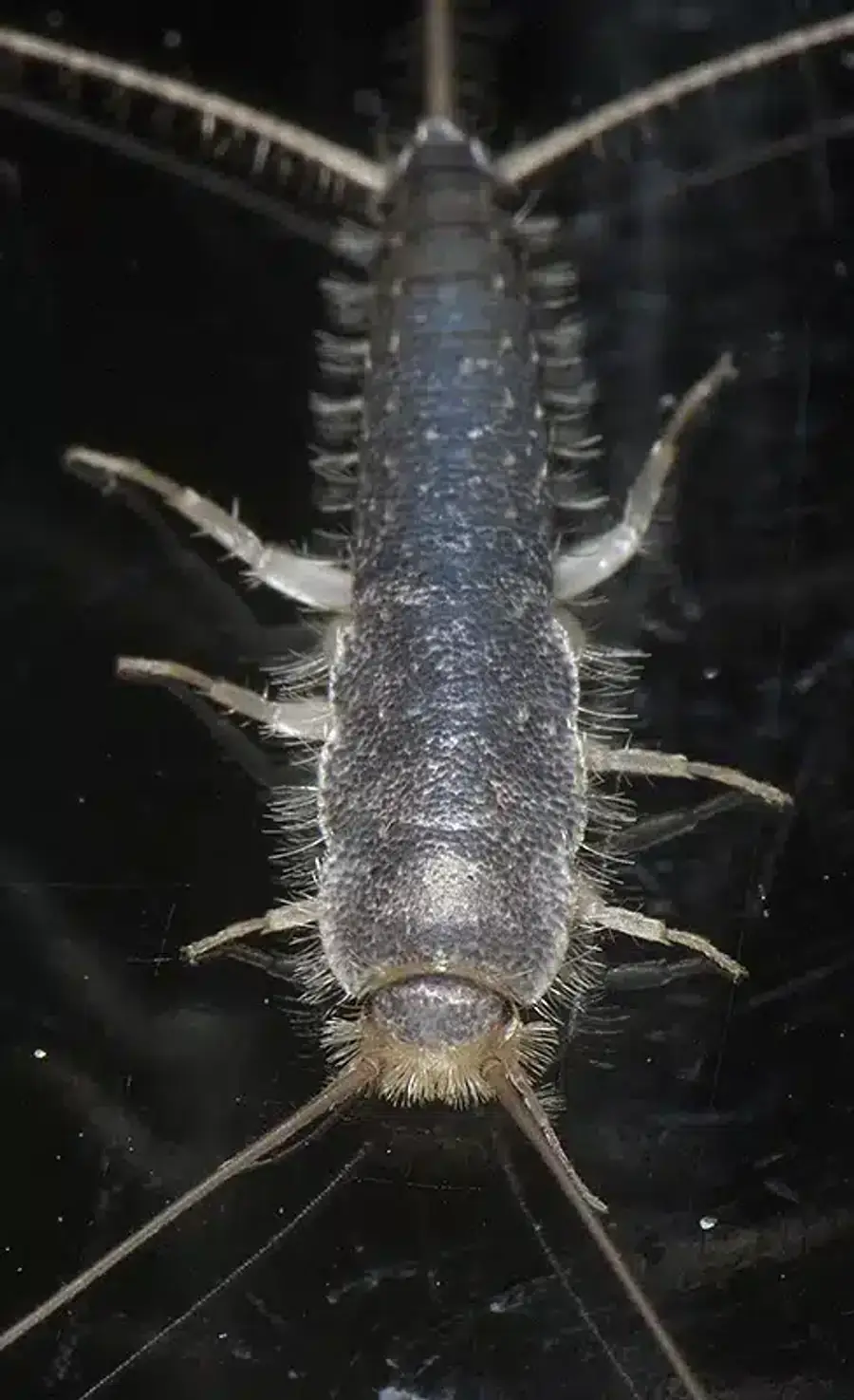
Frequently Asked Questions
Why shouldn't you kill silverfish?
+
Silverfish pose little health risk but killing them won't solve an infestation. It's better to address the root cause with moisture control and professional treatments.
What is silverfish's favorite food?
+
Silverfish prefer starchy materials like wallpaper paste and book bindings. They also feed on natural fibers and proteins when temperatures rise.
What attracts silverfish the most?
+
High humidity, starch residue, and dark, damp crevices attract silverfish. Removing food and moisture cuts down their numbers.
What is the predator of the silverfish?
+
Spitting spider Scytodes thoracica and other household spiders are known predators of silverfish.
How long can silverfish live without food?
+
Silverfish can live for more than 300 days without food if water is available. They survive on pure cellulose and recycled exuviae.
How do I prevent silverfish damage?
+
To prevent silverfish damage, keep humidity below 50%, seal cracks and crevices, and store valuables in airtight bins. Vacuum often and clear clutter.
Can silverfish contaminate food?
+
While they don't spread disease, they can cause contamination of food in pantries. Store items in sealed containers and clean spills promptly.
With five years of hands-on experience in the pest control industry, George Schulz is a registered technician with the Virginia Pest Management Association and a proud third-generation professional in a family business that’s been protecting homes for over 57 years. He manages and trains a team of service pros while also leading internal research efforts—recently spearheading a deep-dive review of thousands of documents on pest control materials to hand-pick the most kid and pet friendly, most effective solutions tailored specifically for homes in the DC metro area.
